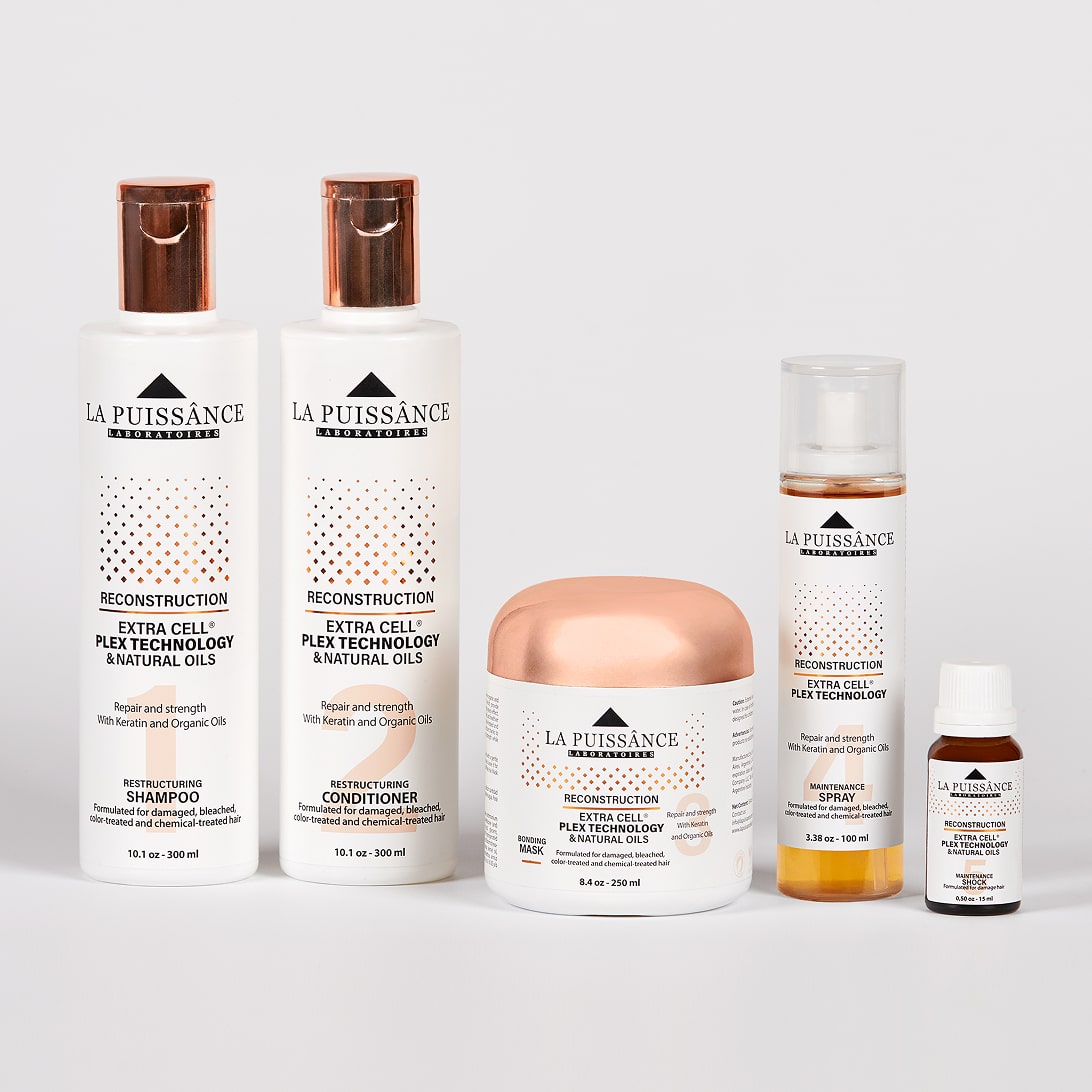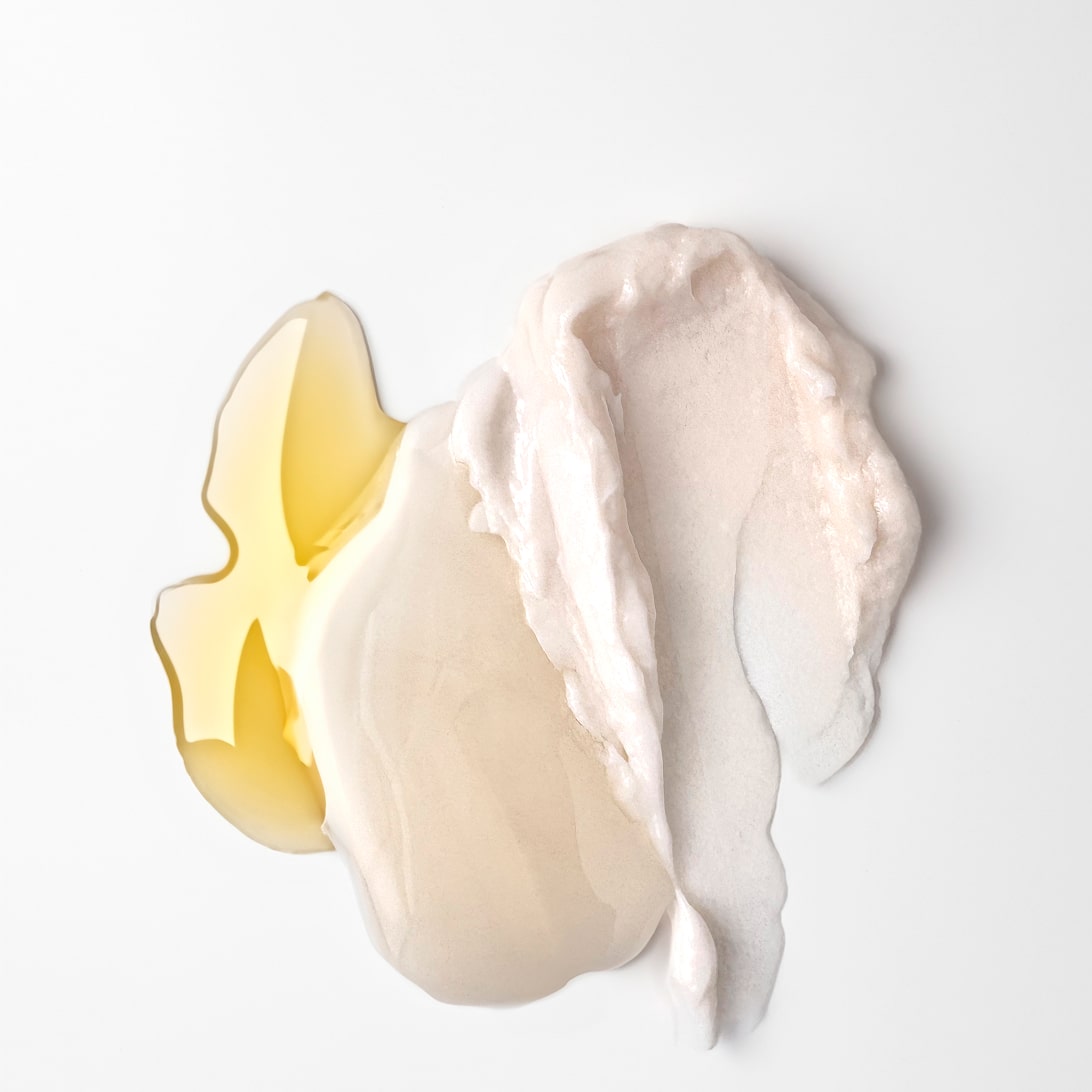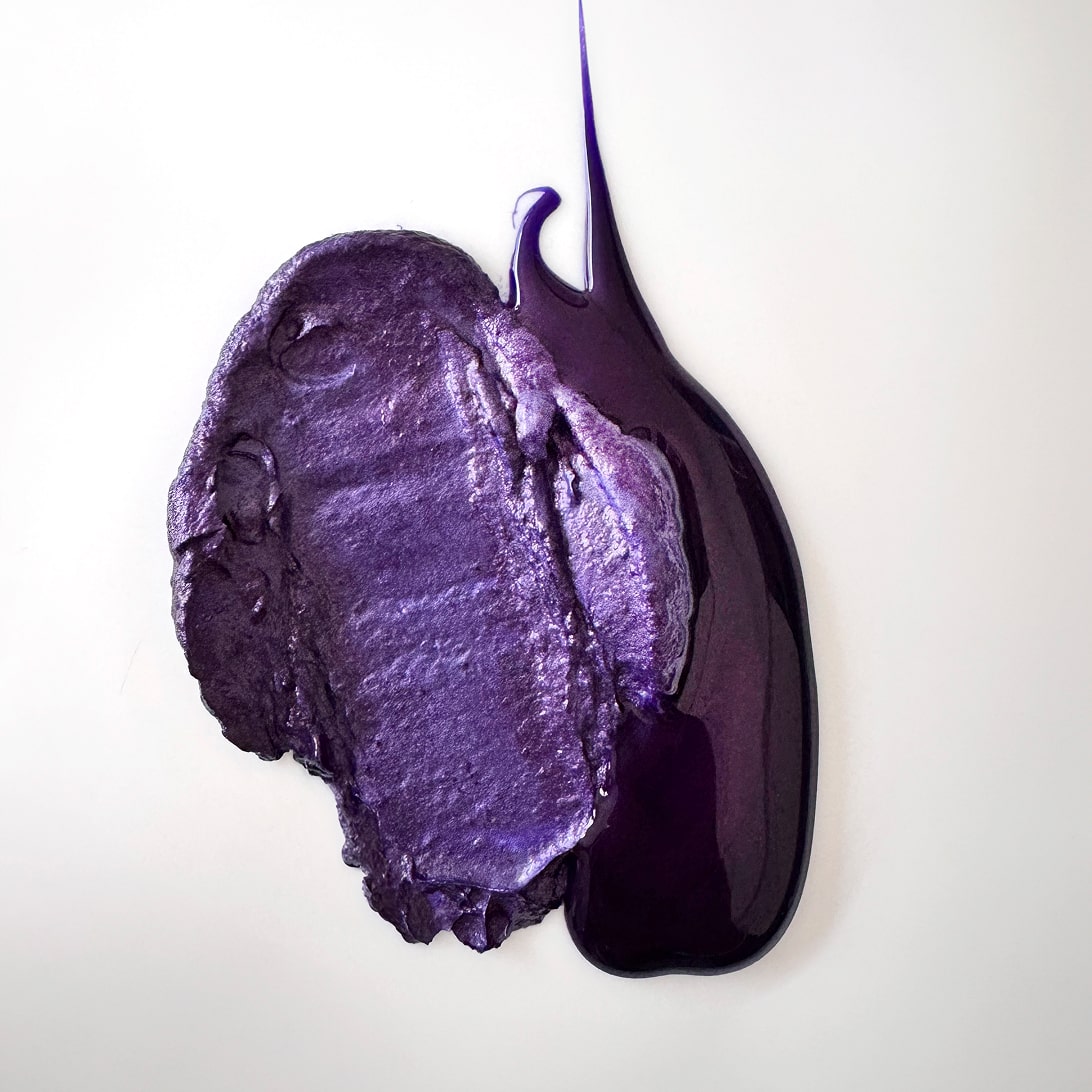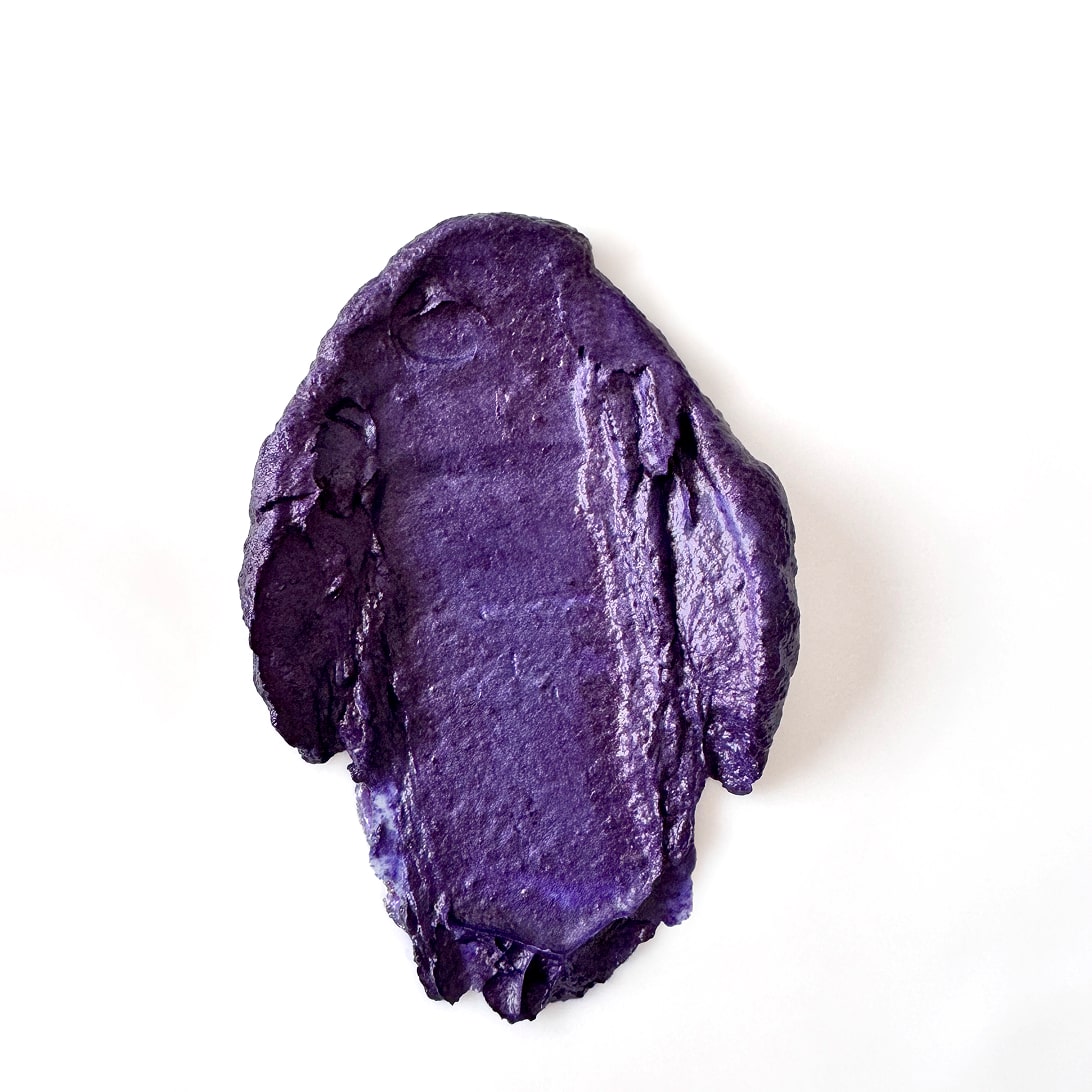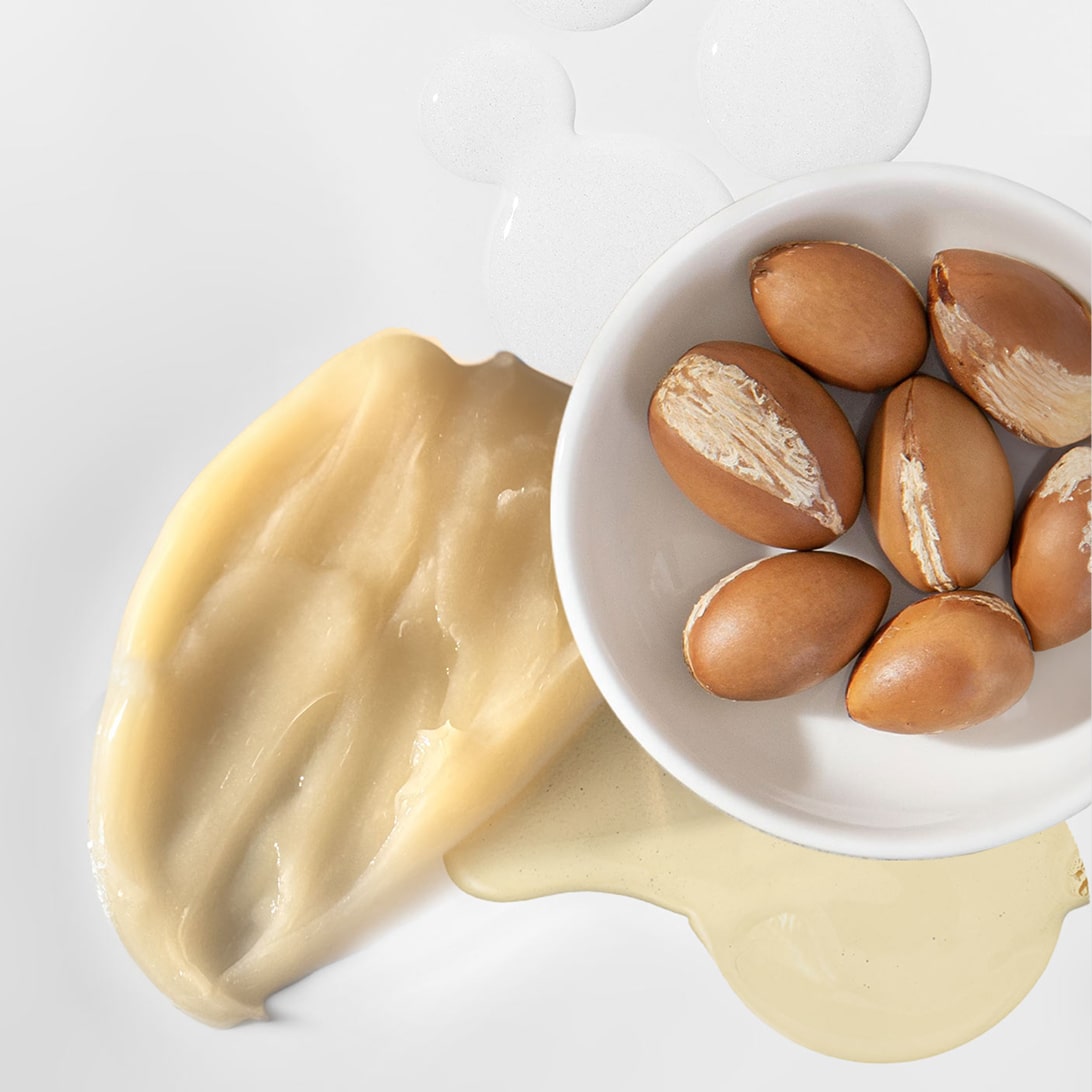
Why did my Hair Stop Growing?
Our hair is way more intricate than meets the eye. It plays a significant role in defining our identity and shaping who we are. That explains why we become concerned when we notice a decrease in volume and thickness.
We often find out that our hair somehow reaches a plateau. It could seem thinner in specific spots, stuck at a certain length, or grow unevenly.
In this article, we are diving into the hair growth cycle and unraveling ways to maintain its length over time.
Human hair grows at a fairly consistent rate of about half a millimeter per day or about 6 inches a year. Unlike other mammals, human hair growth and loss are not seasonal or cyclical but rather random. At any given time, a random number of hairs will be in one of the three growth and loss stages: Anagen Phase (Growth Phase), Catagen Phase (Transition Phase), Telogen Phase (Resting Phase).
Anagen Phase (Growth Phase)
This is the phase where hair actively grows. During the anagen phase, the hair bulb, placed at the bottom of the follicle, undergoes regeneration giving rise to a new hair. This freshly formed hair grows about half an inch each month. Most hairs on a normal scalp go through the anagen phase, accounting for approximately 85% of neighboring hair follicles, on average. This stage extends from 3 to 4 years. Follicles in the anagen phase are highly metabolically active, which explains the sensitivity to toxic substances and nutritional deficiencies.
Catagen Phase (Transition Phase):
The catagen phase is the subsequent stage in hair growth, lasting approximately 2 to 3 weeks. This is the end of the hair fiber production phase when the follicle retracts from the surface of the scalp. Hair stops growing and remains in this phase for several weeks before moving on to the next one. It is during this period that the mitotic rate is suspended, halting cellular division-. Only 1 to 2% of the hair is typically found in the catagen phase.
Telogen Phase (Resting Phase):
This is the third and final phase, known as the resting phase. It typically represents between 6 and 8% of the hairs. The telogen phase lasts about 100 days for scalp hairs and even longer for eyebrows, eyelashes, arms, and legs hairs.
During this phase, the hair no longer grows but remains attached to the follicle for about 3 months. After this period, the hair falls out during washing or brushing. From now on, a new anagen phase may start.
It is important to notice that our hair does not grow continuously but rather in consecutive cycles. Approximately 85% of our hair stays in an ongoing growth phase while 15% remains in a resting phase.
Why do I Feel that my Hair does not Grow Enough?
Beyond the hair growth cycle, there are several reasons why it may grow slower or stop growing at all.
Genetics
Genetics and family history play a key role in hair loss both for men and women. If your parents experienced hair thinning or hair loss, there's a high probability that you might experience it as well.
Age
Many post-menopausal women undergo hair loss due to changes in hormone levels.
picture
Stress periods
Stress can lead to hair on telogen effluvium, a temporary state of hair loss. This may happen after highly stressful situations. It is possible to notice hair loss after a single traumatic event or after a stressful period.









